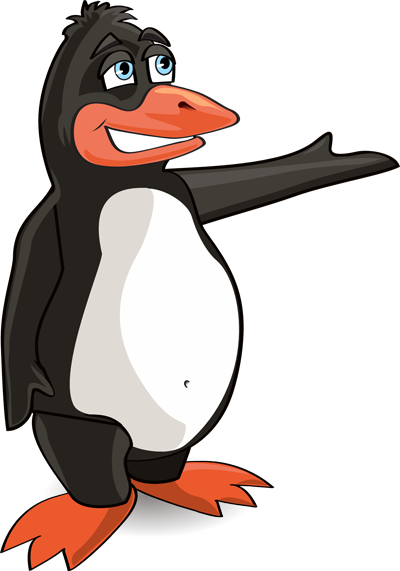Got HVAC questions? You’ve come to the right place! At Don’t Sweat It Air & Heat, we understand that HVAC issues can be stressful. That’s why we’ve compiled this list of frequently asked questions to provide you with quick and helpful information about AC repair, furnace maintenance, heat pump services, and more. If you don’t see your question answered here, don’t hesitate to call our friendly local technicians.

(321) 426-8328
Make sure your new system is installed the right way. Our licensed HVAC contractors in Melbourne, FL specialize in energy-efficient HVAC installations for homes and businesses. We work with trusted brands like Amana® and Goodman® to deliver reliable comfort year-round.
If your air conditioner is blowing warm air or your system’s acting up, call our team for fast, local HVAC repair in Melbourne. We diagnose issues quickly and provide honest, affordable solutions backed by 16+ years of experience.
We offer expert AC service in Melbourne, FL — from tune-ups to full unit replacements. Beat the heat with responsive service and same-day appointments for your home cooling needs.
Poor indoor air quality can affect your health and comfort. We offer professional air quality testing and purification system installs in Melbourne and Brevard County. Breathe cleaner, healthier air with every visit.
From retail storefronts to office buildings, our commercial HVAC services in Melbourne, FL are tailored to keep your business running efficiently. We handle rooftop units, ductwork, zoning systems, and more.
We treat your home like our own — and back every job with a full satisfaction guarantee. From HVAC installation to repair, we ensure peace of mind with transparent service and long-term reliability.